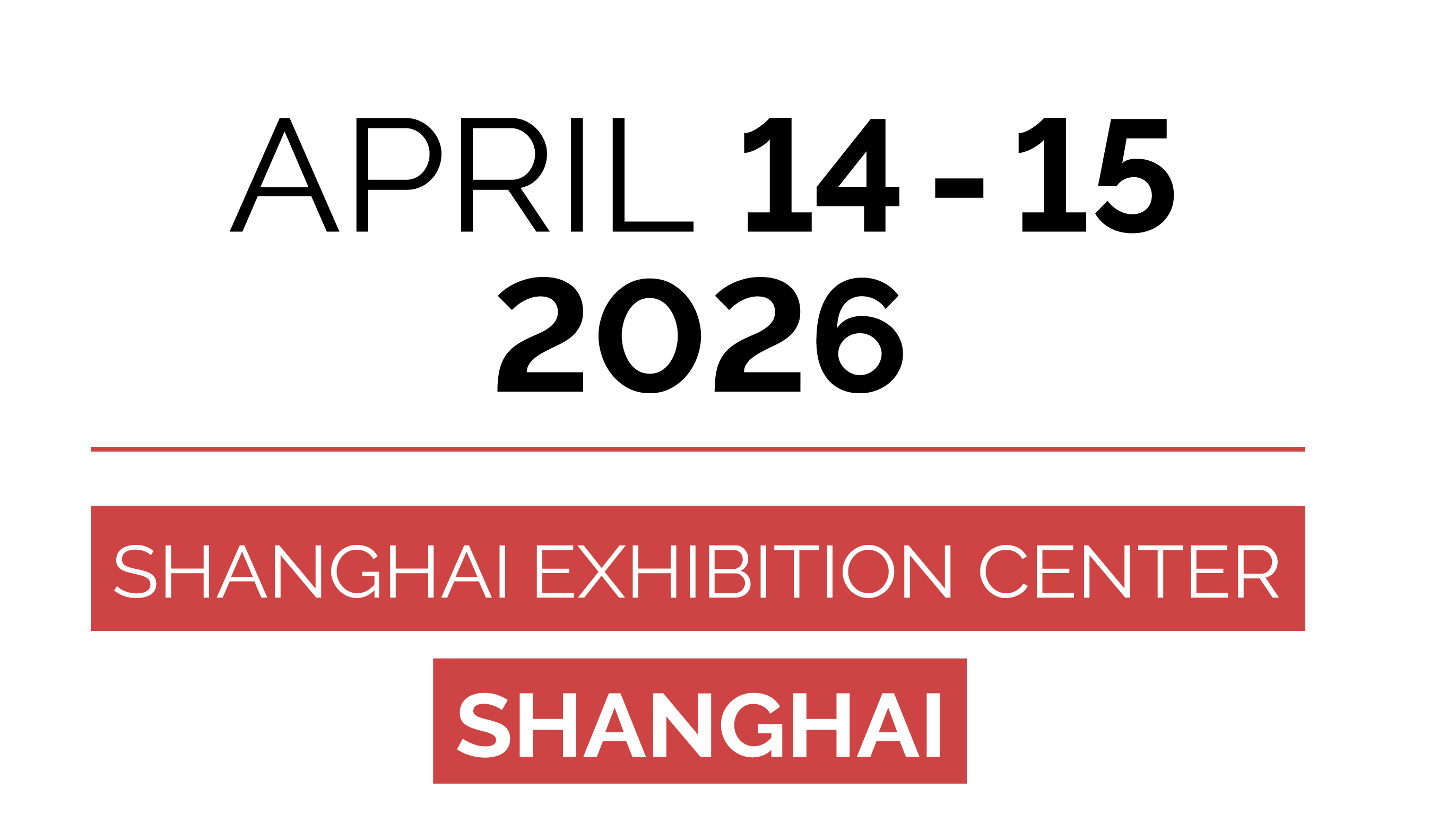The Application of Chinese Elements in Luxury Perfume Brands
Beyond the symbolic imagery of tea and bamboo, Chinese elements in perfumery should be an olfactory archaeology that delves deep into civilization itself. It is about resurrecting lost formulas, such as the secret Hundred Wash Fragrance from the Pepper Chamber of the imperial palace, analyzing the transformation of the Forbidden City’s red lacquer as it oxidizes into an amber-wood musk, and capturing the damp green essence of moss creeping over eaves during Jiangnan’s monsoon season.
The cultural prestige of haute perfumery lies in decoding the terroir’s hidden language—the cool bitterness of Sichuan’s aged golden nanmu, the fermented sweet-tart depth of Lingnan’s aged tangerine peel, the powdery mineral dust of Dunhuang’s ancient murals—all of which can be distilled into scent.
When international brands reduce the East to a mere whisper of patchouli, we can distill an entire cycle of the Twenty-Four Solar Terms, revealing the shifting humidity and dappled light of the seasons. True luxury is allowing fragrance to become the manuscript that measures the textures of five millennia of culture.

